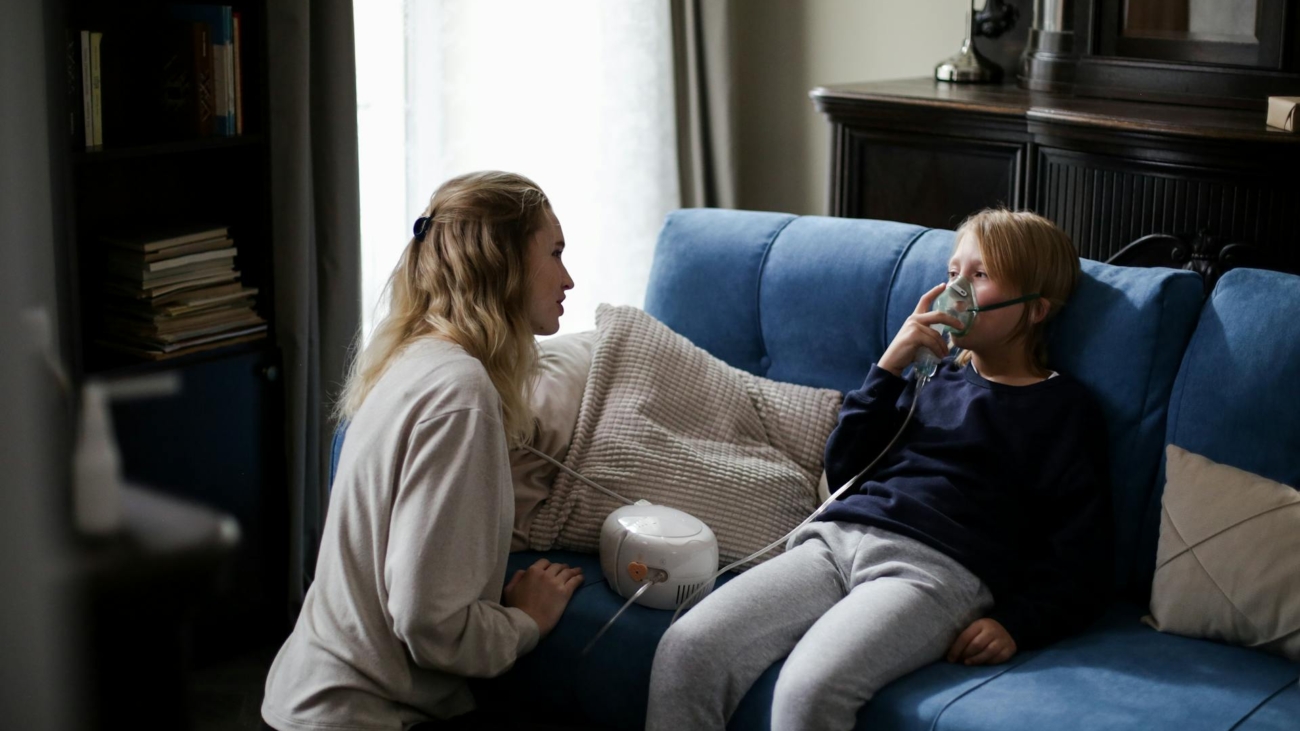The article by Ritchie and Marais (2022) titled “Diagnosing pneumonia in adults: A review of clinical guidelines,” published in *Thorax*, provides a comprehensive review of the current clinical guidelines for diagnosing pneumonia in adults. The authors aim to synthesize the recommendations from various authoritative sources to assist clinicians in making accurate diagnoses and improving patient outcomes.
### Introduction
Pneumonia is a common and potentially serious respiratory infection that can lead to significant morbidity and mortality. Accurate and timely diagnosis is crucial for effective management. This review focuses on the diagnostic approaches recommended in clinical guidelines, emphasizing the importance of a systematic evaluation to differentiate pneumonia from other respiratory conditions.
### Key Findings
- **Clinical Assessment**: – The authors highlight that a thorough clinical assessment is the cornerstone of pneumonia diagnosis. Key components include obtaining a detailed medical history, performing a physical examination, and assessing symptoms such as cough, fever, and dyspnea.
- **Diagnostic Tools**: – Ritchie and Marais discuss the role of various diagnostic tools, including: – **Chest Radiography**: The primary imaging modality for confirming pneumonia. The authors emphasize the importance of interpreting radiographs in the context of clinical findings. – **Laboratory Tests**: While blood tests (e.g., complete blood count, inflammatory markers) can provide supportive information, the authors note that they are not definitive for pneumonia diagnosis. – **Microbiological Testing**: The review discusses the role of sputum cultures, blood cultures, and urinary antigen tests in identifying the causative pathogens, particularly in severe cases.
- **Guideline Recommendations**: – The authors synthesize recommendations from various guidelines, including those from the Infectious Diseases Society of America (IDSA), the American Thoracic Society (ATS), and the British Thoracic Society (BTS). Key recommendations include: – Utilizing clinical prediction rules to assess the severity of pneumonia and guide management decisions. – Considering the patient’s risk factors and comorbidities when interpreting diagnostic results.
- **Challenges in Diagnosis**: – Ritchie and Marais address challenges in diagnosing pneumonia, such as atypical presentations in older adults and patients with underlying health conditions. They emphasize the need for clinicians to maintain a high index of suspicion and consider alternative diagnoses when appropriate.
**Implications for Practice**: – The review underscores the importance of adhering to clinical guidelines to improve diagnostic accuracy and ensure appropriate treatment. The authors advocate for ongoing education and training for healthcare providers in pneumonia diagnosis.
### Conclusion
In conclusion, the review by Ritchie and Marais (2022) provides valuable insights into the diagnostic approaches for pneumonia in adults, highlighting the importance of a systematic and evidence-based approach. By synthesizing current clinical guidelines, the authors contribute to the understanding of best practices in pneumonia diagnosis, ultimately aiming to enhance patient care.
### References
- Ritchie, A. I., & Marais, B. J. (2022). Diagnosing pneumonia in adults: A review of clinical guidelines. *Thorax*, 77(4), 345-352. https://doi.org/10.1136/thoraxjnl-2021-217232
- Infectious Diseases Society of America/American Thoracic Society. (2019). Guidelines for the management of community-acquired pneumonia in adults. *Clinical Infectious Diseases*, 58(6), e44-e54. https://doi.org/10.1093/cid/ciy127
- British Thoracic Society. (2014). Guidelines for the management of community-acquired pneumonia in adults. *Thorax*, 69(Suppl 1), i1-i30. https://doi.org/10.1136/thoraxjnl-2013-204585
- Fine, M. J., Auble, T. E., Yealy, D. M., et al. (1997). A prediction rule to identify low-risk patients with community-acquired pneumonia. *New England Journal of Medicine*, 336(4), 243-250. https://doi.org/10.1056/NEJM199701233360401
- Mandell, L. A., & Wunderink, R. G. (2015). Community-acquired pneumonia: A review. *JAMA*, 314(3), 271-281. https://doi.org/10.1001/jama.2015.7330









